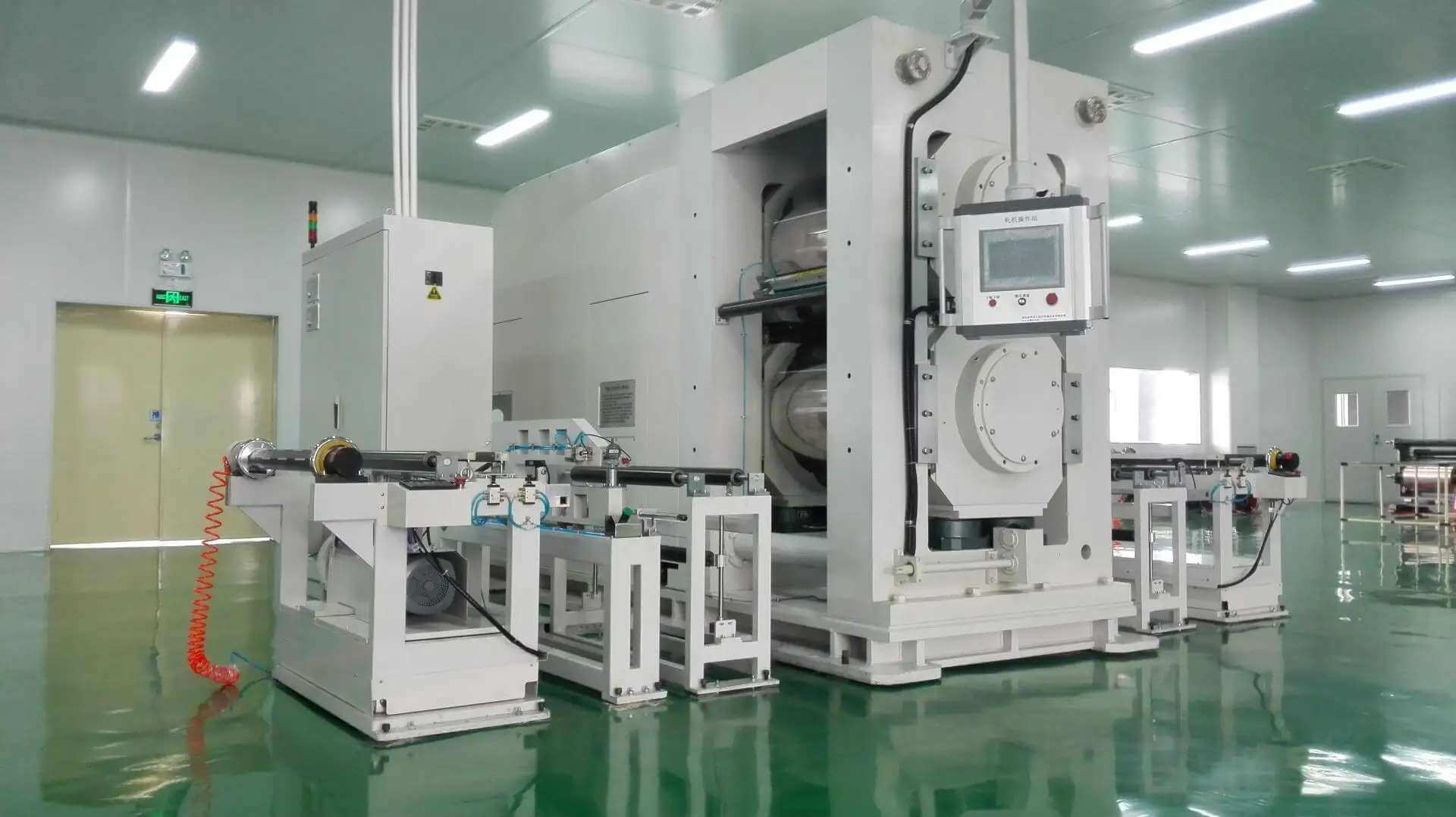- 메일 주소 : David@tmaxcn.com
- 메일 주소 : Davidtmaxcn@gmail.com
- : No. 39, Xinchang Road, Xinyang, Haicang Dist., Xiamen, Fujian, China (Mainland)
An electric vehicle (EV) car battery production plant is a comprehensive production system designed to mass-produce batteries for electric vehicles. It involves various stages and equipment to produce high-quality and efficient battery packs. Here is an overview of the typical components and processes in an car battery scale plant:
Electrode Manufacturing:
Mixing and Coating: Raw materials, such as active materials, binders, and conductive additives, are mixed and coated onto current collectors to form electrode layers.
Drying and Calendaring: The coated electrodes are dried to remove solvents, and calendaring machines compress the electrodes to achieve the desired thickness and density.
Cell Assembly:
Stacking: Electrode layers and separators are precisely stacked to form a cell assembly.
Tab Welding: Cell tabs are welded to the current collectors to establish electrical connections.
Encapsulation: The cell assembly is enclosed in a protective housing, often using laser welding or ultrasonic welding techniques.
Formation and Testing:
Cell Formation: The assembled battery cells undergo a formation process to activate and stabilize their electrochemical performance. This involves charging and discharging cycles performed under controlled conditions.
Electrical Testing: Cells are tested for capacity, voltage, impedance, and other performance characteristics to ensure they meet specified standards.
Module Assembly:
Cell Sorting and Matching: Cells with similar performance characteristics are sorted and matched to form modules that can handle higher voltages and capacities.
Module Integration: Modules are interconnected and combined with thermal management systems, electronics, and safety features to form complete battery packs.
Pack Assembly:
Pack Design and Integration: Battery modules are integrated into a pack, along with wiring harnesses, cooling systems, and control units. Mechanical and electrical connections are made to ensure proper functionality and safety.
Testing and Quality Control: Packs undergo rigorous testing, including electrical performance, temperature cycling, vibration, and safety tests, to ensure compliance with industry standards and specifications.
Pack Enclosure and Final Assembly:
Pack Enclosure: The battery pack is enclosed in a protective housing, often made of robust materials and designed for structural integrity and safety.
Final Assembly: The pack is finalized with connectors, sensors, thermal insulation, and other components required for integration into the electric vehicle.
End-of-Line Testing and Quality Assurance:
Comprehensive Testing: The complete battery pack undergoes a series of tests to evaluate electrical performance, safety, thermal management, and overall functionality.
Quality Assurance: Strict quality control measures are implemented to ensure that each battery pack meets the required specifications and safety standards.
Throughout the manufacturing line, automation, robotics, and advanced control systems are often employed to increase efficiency, precision, and productivity. Continuous monitoring, data collection, and analysis play a crucial role in optimizing the production process and improving the quality and reliability of the car battery production plant.

.
 ru
ru English
English










 +86 13174506016
+86 13174506016 David@tmaxcn.com
David@tmaxcn.com

